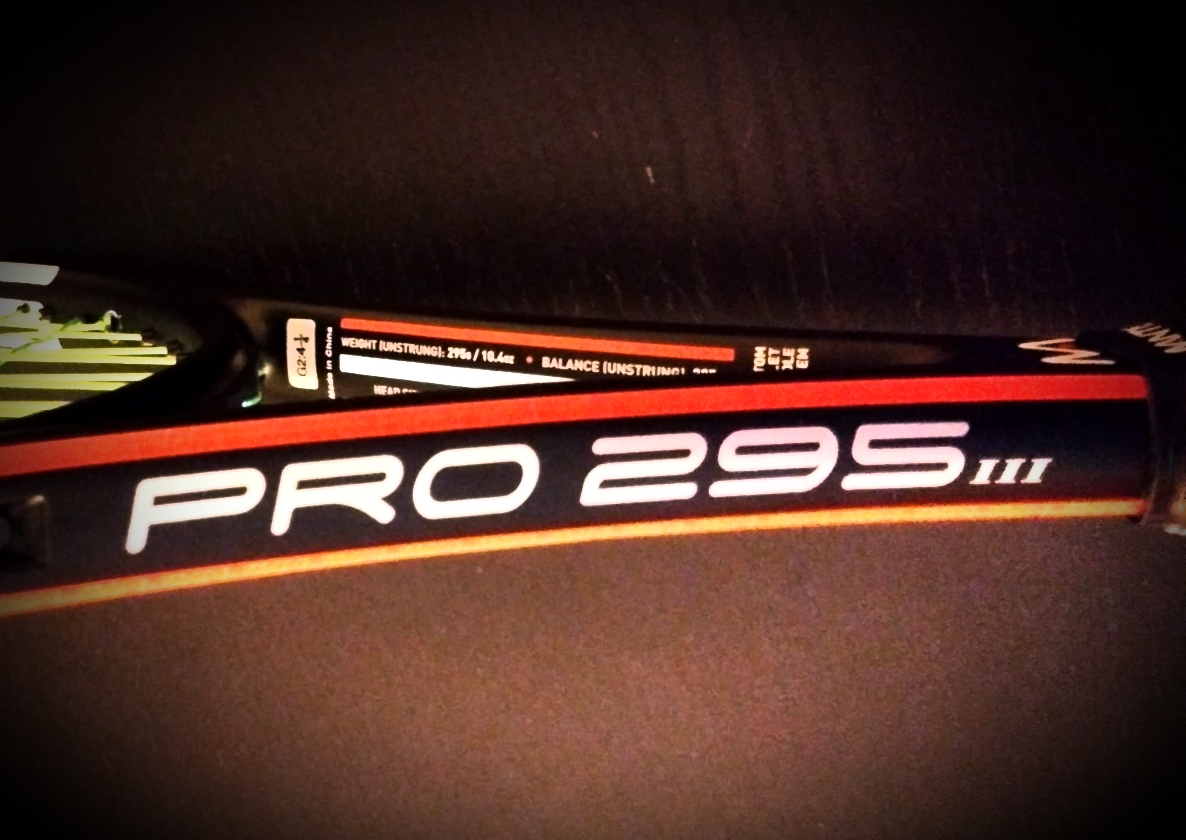
Mantis Pro 295 III
Mantis Sport è un’azienda che abbiamo imparato a conoscere per la sua qualità e la sua capacità di proporre telai molto concreti. Nella sua gamma, insieme alle 300 PS e 315 PS, spiccano le racchette della Serie Pro, senza dubbio le più apprezzate del marchio britannico, tanto che sono giunte alla terza edizione. Mantis Pro Serie III, infatti, senza stravolgere i progetti precedenti, ripropone la sostanza delle versioni precedenti, ma con un occhio sempre maggiore alla prestazione. Il telaio è disponibile in vari pesi, ma inziamo a parlare della versione di maggiore appeal, Mantis Pro 295 III.
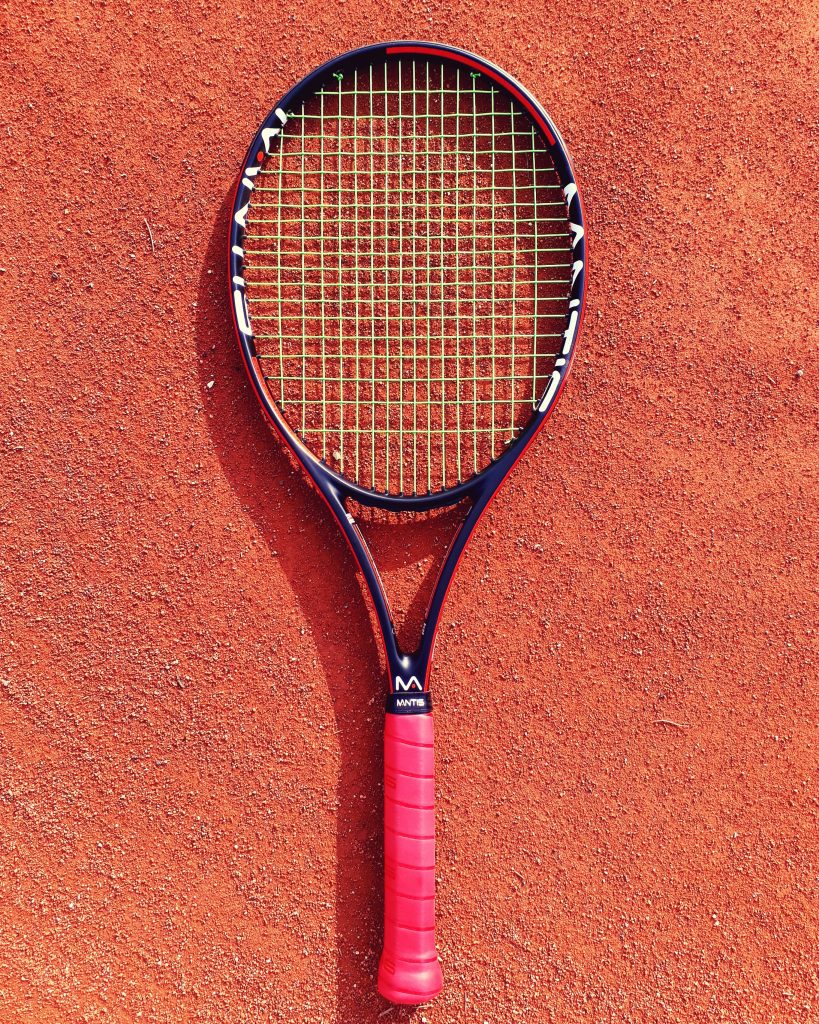
Headsize 98 inch2
Peso 295 g
Schema corde 16×19
Bilanciamento 325 mm
Swingweight (incordata) 320 kgcmq
Rigidità 67 RA
Profilo 20 mm
Lunghezza 68.6 cm
L’estetica della Mantis Pro 295 III presenta un telaio, che, è di fatto identico alla versione precedente, nello stampo e nella spaziatura delle corde, leggermente più aperta verso le corde centrali rispetto alla capostipite del 2013. Anche i colori restano invariati, ma la veste grafica è tutta nuova, con il rosso fluo che crea due binari sul bordo del telaio, mettendo in evidenza il flat beam del piatto corde e il semi-boxed degli steli. In realtà, quella che sembra una semplice striscia rossa, è un insieme di minuscole serigrafie “Mantis” tono su tono, che cambiano intensità, partendo più nette dal manico e sfumando verso la testa telaio, dove resta il disegno asimmetrico, sempre in rosso, a richiamare la versione precedente. Immancabili, sono un benchmark, le serigrafie in bianco, opposte in obliquo, all’interno del piatto-corde, che rendono il telaio riconoscibile al primo sguardo. Ben fatti i grommets, che sono annegati nel canale centrale delle corde, mentre il bumper è a filo con la testa del telaio. Al manico, sui pallets, dalla forma identica ai TK 87 di Head, e su un tappo più svasato nei lati, c’è un Tour Grip di colore rosso, molto solido e con una finitura tacky piuttosto forte. Il tappo del manico, poi, presenta uno sportellino removibile, con una finitura ad ologramma, sul quale campeggia la grande “M”. L’aspetto generale lascia pochi dubbi sulla qualità di realizzazione della racchetta. Abbinamenti di colore, verniciature, assemblaggio, tutto fatto davvero bene.
[themoneytizer id=”15952-28″]
12 commenti
Lascia una risposta
Devi essere connesso per inviare un commento.


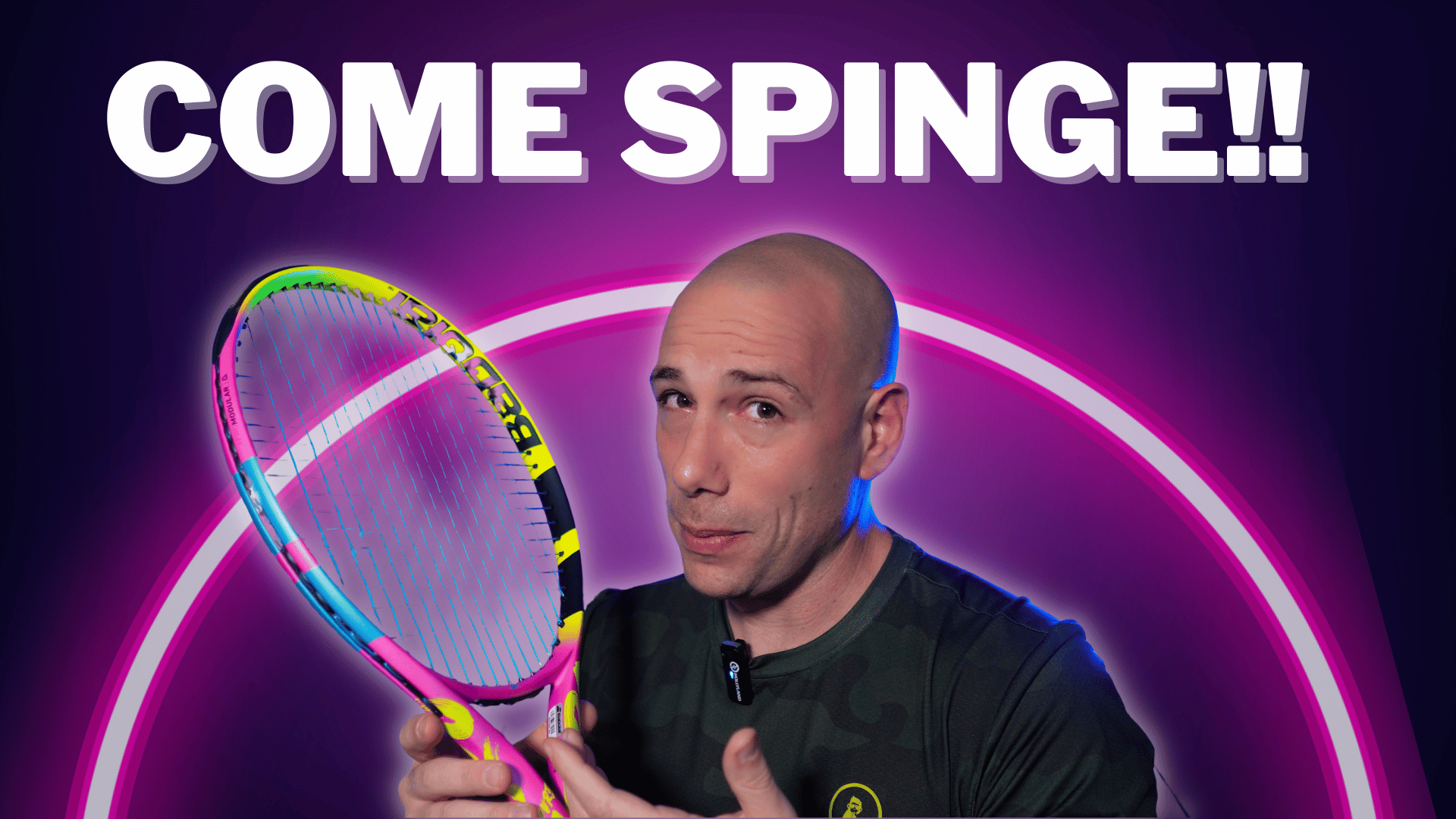
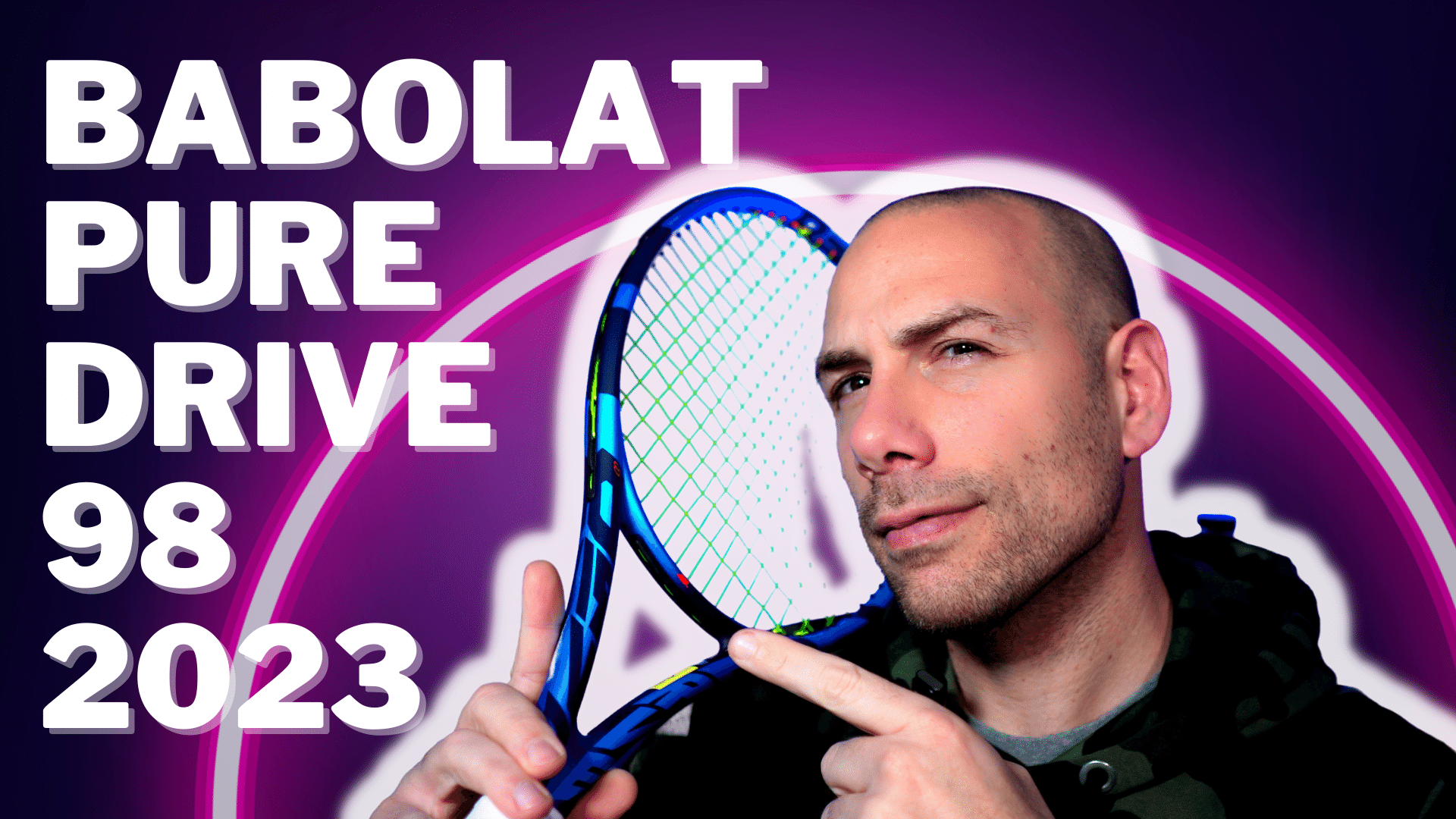
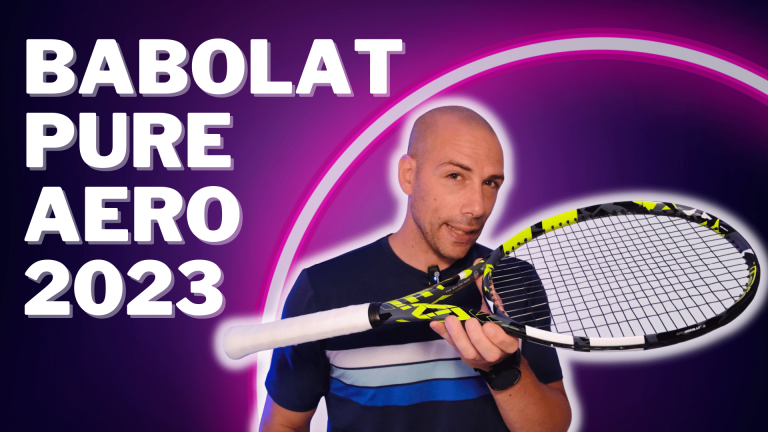
Ciao Fabio,
premesso che gioco con Mantis Pro 295 II, con grip in cuoi Head (quindi peso e bilanciamento sono modificati rispetto all’origine), quanto ha senso passare dalla versione II a questa nuova versione?
Ciao Francesco, ha senso nel momento in cui devi cambiare telaio e vuori restare sullo stesso genere, ma migliorato sotto alcuni aspetti. La racchetta va effettivsamente meglio e quel pizzico di inerzia in più la rende più efficace. Parliamo di miglioramenti, non di stravolgimenti. La versione II va già molto bene, con la III, adoperando un custom come il tuo, saresti avvantaggiato dalla testa più piena.
Hi Fabio, Darek here again. I wrote with you commenting on the previous version of 295 Pro. I am writing because I just got III for tests with freshly drawn MSV HEX 1.23 to 23kg. I played only once so it’s hard for me to say my questions if you can :). I am used to the Princa Textreme Warriora 100 and it was difficult for me to give my rotation at first. I played very flat, if not I … later it was a little better but I still think that it’s necessary to work hard here, especially sometimes playing the wrist alone. But it’s still a lot more difficult frame compared to my Warrior. Much more focused on control what suits me very much. But the most important question, I am asking you to compare 295 Pro III to Ezona 100 and Pacifica BXT X Fast LT. Especially when it comes to impact control, maneuverability (SW level). I have not tested Ezona 100 even though I read your description, and I had Pacifica X Fast LT and I was impressed with the rocket. A little bit easier than Mantis, it’s also easier to pull out the low balls by playing just the wrist. And despite a much thicker frame gives a lot of control, it may be due to the lower RA. You can write me some of your comments regarding these 3 frames. Thank you very much and best regards
Welcome back, Darius.
Firt of all i have to advice you that 23 kg is too much for thi s kind of stick, that is focused on control and feeling and need to be strung at lower tensione, almost 21 and maybe 20. After that, an hexagonal or not rounded string is not the right choice for the por 295, that has got a regular quite open pattern, but even on a 98 square inch head. So, try this stick in a more correct way until changing it. Ezone 100 is more powerful, even more than the X fast lt, with a higher Swinghweight and a similar sweetspot. Spin is good allowed by the yonex and could be a good choice for you if you are looking for a more powerful and helping racquet, without losing much control and feeling. But you have to restring the pro 295 to appreciate its one caracteristics.
Thank you very much for your answer. However, you must admit that Pro 295 is a more demanding rocket than eg X Fast LT. I am looking for a frame where I will not be afraid to let go of the hand especially on Fh for fear of losing control. Prince Textreme Warrior 100 does not guarantee it. Very often, I have to hold my hand to search for a frame that gives more control and at the same time more maneuverable than Princ. It is better to go in eg Ezona 100 (285) or will X Fast LT be a better choice? I have the opportunity to buy at a ridiculous price of the previous version of BX2, which probably differs only lower SW … Please, help me with something
Yes, because the Pro is a classic frame, as it need more power to play well, but it’s not really underpowered, just a tecnical racquet. The X fast Lt is a lovely stick, exactly becase itgive power and a good level of control. I mean, it’a mesh-up of classical and modern kind of racquets. So, let me say that the yonex Ezone 100 does very well instead, and tha it’s more poweful and spinny than the LT, but need some more tecnic, just a few. It’s up to you to decide what colud be better for you and fof your game, but we are talking about two similar sticks, which are plenty of power, with control ancd manouvrability, so don’t worry and decide by your taste 😉
scusa fabio, ma esattamente quanto è la rigidità della mantis pro 295 II ? perchè sulla tua scheda avevi scritto 64, ora questa versione III scrivi 67 e dici che c’è un solo punto di differenza. si parla di valori a telaio nudo o a racchetta incordata ?
parlo di valori a telaio nudo, 67 per il nuovo modello e 66 per il precedente, che incordato dava 63.5 circa.
Ciao Fabio,
quali sono le differenze sostanziali tra la mantis pro III e la radical mp ultima versione?
Grazie e complimenti per il sito.
La Mantis ha un feeling mlto più marcata, essendo più sottile, più flessibile e con fattezze molto più classiche della Radical, che invece riesce a dare maggiore spinta gratuita e stabilità. La Mantis è più maneggevole, offre più spin e tollera di più, mentre la Head ha un migliore controllo sul colpo piatto e fa faticare di meno per spingere i colpi. La prima è una classica in tutto e per tutto, la seconda è un’interpretazione moderna di racchetta classica che attinge dalle profilate per avere una semplicità di utilizzo maggiore.
Ciao Fabio ho appena acquistato una Mantis 295 III, modificata da Marco (HMA sport) con peso 324 incordata, Bilanciamento 33,2 SW 321,5.
Ho fatto montare Mantis Poly Tour 1,20 a 21 kg. Cosa ne pensi come set up?
Incordature alternative?
Grazie 🙂
Non avendo provato direttamente il telaio per la sensazione che offre così customizzato, non posso darti un consiglio mirato. Posso dirti, però, che la Tour Poly è una corda di sostanza, che non preclude strade e fa un buon lavoro generale di controllo e sensazione, quindi sul genere di telaio, soprattutto a quella tensione, è assolutamente adatta.